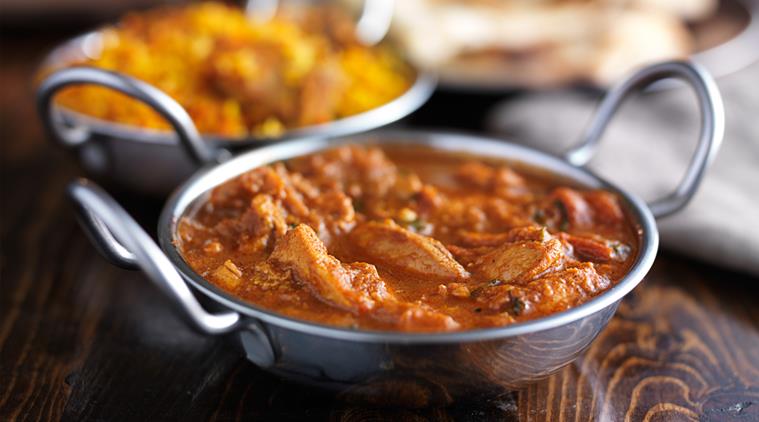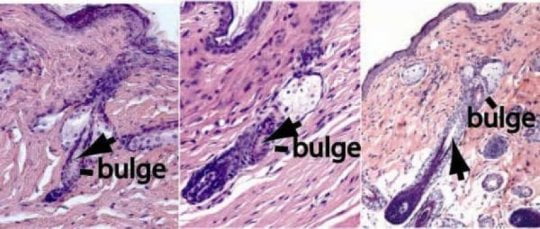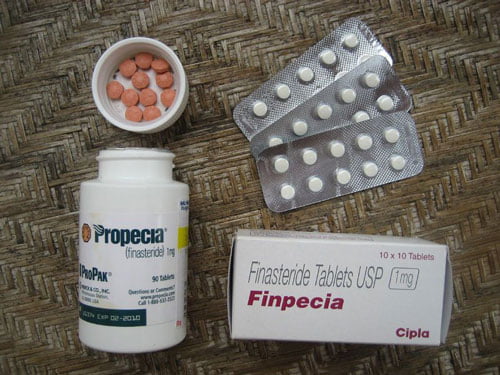
With the epidemic of heart disease, most red meat eaters have gradually ditched red meat in favour of chicken and fish. Chicken consumption has shot up steeply as the meat eaters’ guilt-free choice of meat. A good source of protein, chicken has rarely been frowned upon by medical professionals. Interestingly, it was the fear of cholesterol which primarily drove out red meat from the healthy diners’ menus. The fact is that the cholesterol content of both – red meat and chicken — are comparable. The difference lies merely in their fat content.
In fact, the fat content of chicken has increased from 2 grams to 20 grams in the last 100 years. Recent research shows a darker side of chicken and poultry, which may spur a rethink.
A link of poultry and chicken to cancer is truly novel. According to some recent studies, the link is through a poultry virus (which causes warts in poultry) and can be transmitted while handling fresh or frozen chicken. The most recent study of 30,000 poultry workers found an increased risk of deaths from liver and pancreatic cancer, about 9 times higher than the general population. Further, the largest study to address the concerns of chicken eating population is the European Prospective Investigation into Cancer and Nutrition (EPIC) study, which followed 47,700 people over 10 years.
It was reported that there is a 72 per cent increased risk of pancreatic cancer for every 50 grams (equivalent to a quarter of a chicken breast) of chicken consumed daily. Surprisingly, it was consumption of poultry and not red meat that was more closely associated to cancer. Similar findings were reported for Leukemia and Lymphomas. While the culprits could be growth-promoting drugs fed to chicken and poultry, poultry virus could be contributing to the risk.
Cancer-causing poultry virus like Avian Herpes virus may explain the higher rates of blood cancer among poultry farmers, butchers and slaughter-house workers.
This may not be surprising, keeping in mind the fact that nearly 3/4th of all emerging and re-emerging human diseases arise from the animal kingdom.
Chicken consumption and chicken handling is also being linked to frequent risks of urinary tract infections. Retail chicken meat has recently been implicated as a possible source of (ESBL- Extended Spectrum Beta-Lactamases), a specific strain of a drug-resistant bacteria leading to UTIs and even life threatening blood and lung infections.
Chicken is also injected with phosphates to increase its weight. Excess phosphates is a concern for kidney patients as they have diminished capacity to excrete phosphat . These phosphate additives found in meat and chicken are called ‘Vascular Toxins’, capable of impairing arterial functions within hours of consumption.
Further arsenic-based additives used in chicken feed may pose health risks to humans who eat meat, according to a publication of the American Chemical Society.
Arsenic toxicity can lead to cancer of the bladder, lung, skin, kidney and colon. Even low levels of exposure can lead to paralysis and diabetes.
All in all, emerging evidence resonates with the message of healthy eating. Choose a more plant-based diet and lower the consumption of meats – be it red or white.
[“source-indianexpress”]




















